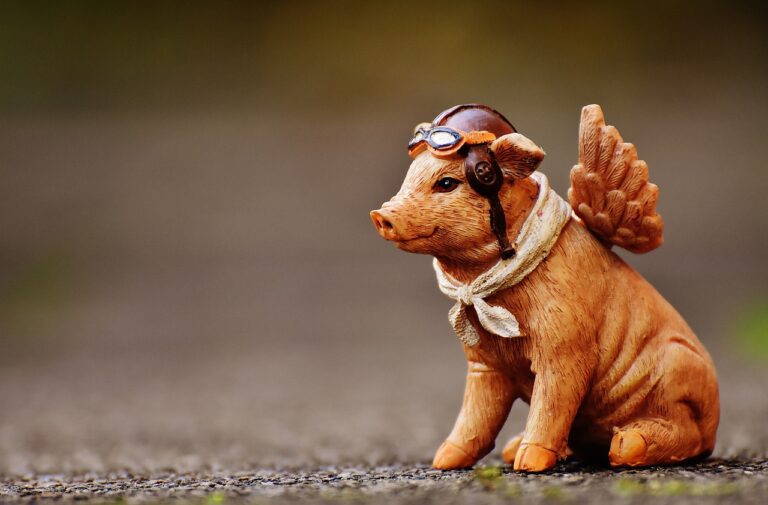The Impact of Facial Recognition Technology on Film Production
betbook250 com login, reddyanna247, play lotus365.com login:The Impact of Facial Recognition Technology on Film Production
With advancements in technology at an all-time high, the film industry is constantly evolving to incorporate the latest innovations to enhance the overall production process. One such technological innovation that has made a significant impact in recent years is facial recognition technology. This cutting-edge technology has revolutionized the way filmmakers approach casting, visual effects, and overall production efficiency. In this blog post, we will explore the impact of facial recognition technology on film production and how it has transformed the industry.
Enhanced Casting Process
Facial recognition technology has streamlined the casting process in the film industry by allowing filmmakers to quickly identify and evaluate potential actors for roles. With the ability to analyze facial features, expressions, and emotions, casting directors can now easily match actors to specific characters based on their unique attributes. This has saved time and resources by eliminating the need for lengthy audition processes and facilitating more accurate casting decisions. Additionally, facial recognition technology has opened up opportunities for diverse casting choices, leading to more inclusive and representative on-screen portrayals.
Improved Visual Effects
In addition to casting, facial recognition technology has greatly improved the quality of visual effects in films. By utilizing facial tracking software, filmmakers can seamlessly integrate CGI elements into live-action scenes, creating more realistic and immersive visual effects. This technology has been particularly beneficial in creating lifelike characters, enhancing action sequences, and achieving seamless transitions between real actors and digital characters. With the help of facial recognition technology, filmmakers can now push the boundaries of visual storytelling and deliver truly captivating cinematic experiences.
Efficient Production Workflow
One of the most significant impacts of facial recognition technology on film production is the enhancement of overall workflow efficiency. By automating tasks such as facial mapping, motion capture, and performance analysis, filmmakers can now focus more on creative aspects of the production process. This has led to faster turnaround times, reduced production costs, and improved overall quality of the final product. With facial recognition technology, filmmakers can streamline complex tasks, collaborate more effectively, and deliver projects on time and within budget.
Challenges and Considerations
While facial recognition technology has revolutionized the film industry in numerous ways, it also presents its own set of challenges and considerations. One of the main concerns is privacy and data security, as facial recognition technology relies on collecting and storing sensitive biometric information. Filmmakers must ensure that proper protocols are in place to protect actors’ and crew members’ data and prevent potential breaches. Additionally, there is the risk of technological limitations and errors, which could impact the accuracy and reliability of facial recognition software. It is crucial for filmmakers to stay informed about the latest advancements in technology and be prepared to adapt to any unforeseen challenges that may arise.
Future Implications
As facial recognition technology continues to evolve, its impact on film production is expected to grow exponentially in the coming years. With the integration of artificial intelligence and machine learning, filmmakers will have access to even more advanced tools and capabilities to enhance their creative vision. From personalized viewing experiences to interactive storytelling, the possibilities are endless with facial recognition technology. As filmmakers continue to embrace and innovate with this technology, we can expect to see groundbreaking advancements in the way films are produced, consumed, and experienced.
In conclusion, facial recognition technology has had a profound impact on film production, revolutionizing the way filmmakers approach casting, visual effects, and overall workflow efficiency. With its ability to enhance creativity, improve efficiency, and push the boundaries of visual storytelling, facial recognition technology is shaping the future of the film industry. By staying informed, adaptable, and proactive, filmmakers can harness the power of this technology to create truly transformative cinematic experiences.
FAQs
Q: How does facial recognition technology impact the casting process in film production?
A: Facial recognition technology streamlines the casting process by allowing filmmakers to quickly identify and evaluate potential actors based on their facial features, expressions, and emotions. This technology facilitates more accurate casting decisions and opens up opportunities for diverse casting choices.
Q: What are some challenges associated with facial recognition technology in film production?
A: Some challenges include privacy and data security concerns, technological limitations and errors, and the need to stay informed about the latest advancements in technology. Filmmakers must be prepared to address these challenges and adapt to any unforeseen issues that may arise.
Q: What are the future implications of facial recognition technology in film production?
A: As facial recognition technology continues to evolve, we can expect to see advancements in personalized viewing experiences, interactive storytelling, and the integration of artificial intelligence and machine learning. The possibilities are endless, and filmmakers have the opportunity to revolutionize the way films are produced, consumed, and experienced.







